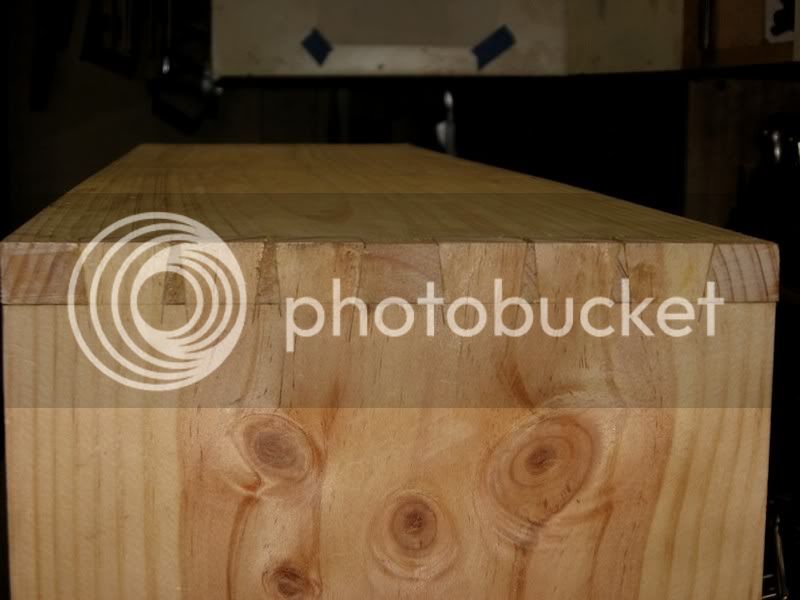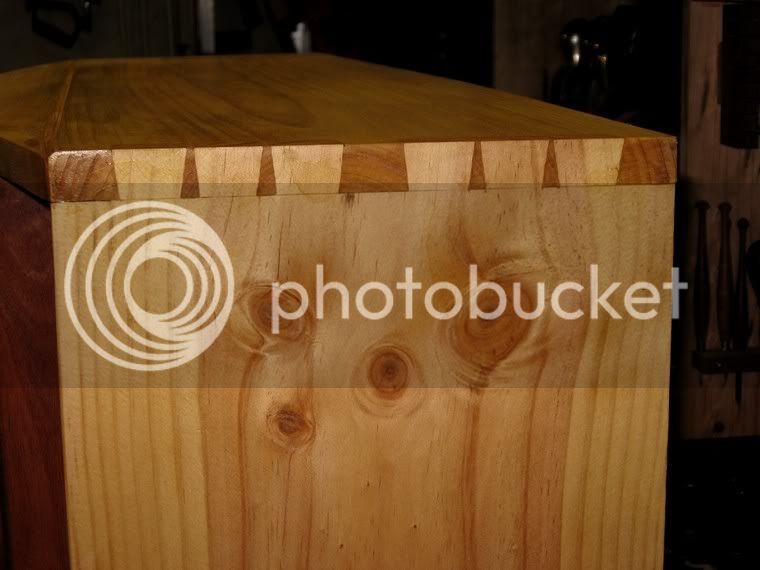PaulO
Established Member
I have been practicing through dovetails by just making one joint, The final step being to plane up the sides after the joint has set. No problems with that.
I have now progressed to making four joints at once for a box. All seems to be gluing together nicely at the moment. When it has set I was wondering how to go about planing the sides, whilst avoiding tearout on the trailing edge, blowing out portions of the tails or pins. I could obviously put a bevel on the back edge, but I don't want the final product to have a bevel.
How do other members go about this?
I have now progressed to making four joints at once for a box. All seems to be gluing together nicely at the moment. When it has set I was wondering how to go about planing the sides, whilst avoiding tearout on the trailing edge, blowing out portions of the tails or pins. I could obviously put a bevel on the back edge, but I don't want the final product to have a bevel.
How do other members go about this?






